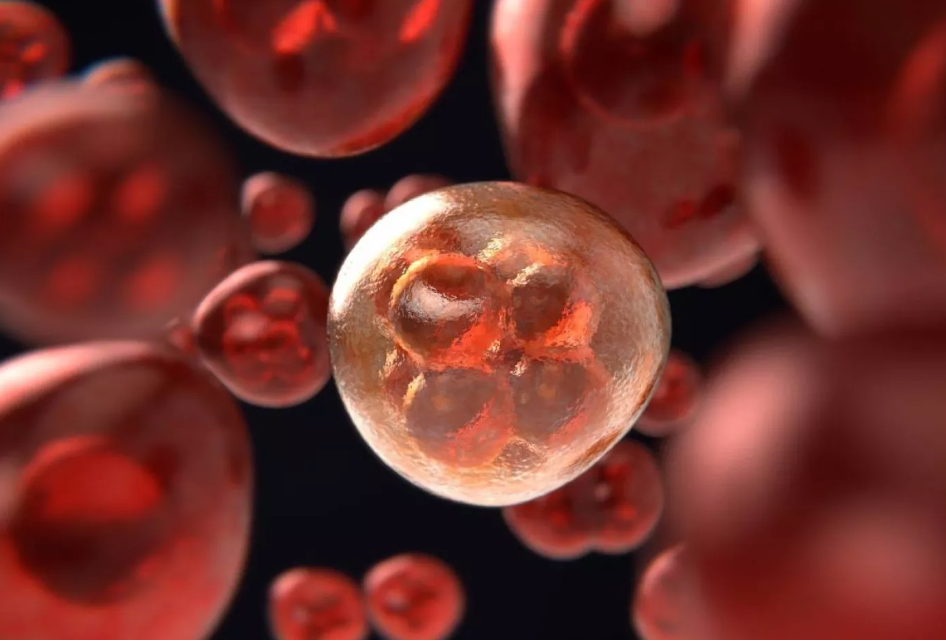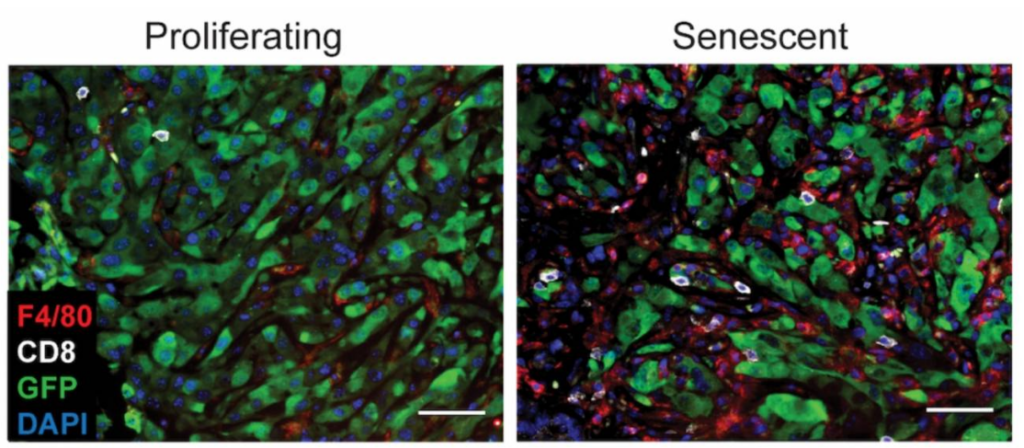Cells, The backstage of their division and their stellar role in cancer!

Greetings, intrepid explorers of the cellular world! Today we venture into the fascinating realm of cell growth and its uncontrolled party, where some cells seem to be jumping to the beat of their own music without concern for signals from the environment. Imagine this: cells, those little masters of division and growth, are like dancers on a biological stage. In a well-organized human body, these dancers must coordinate their dance with the environment to form perfectly choreographed tissues and organs, but wait! This is where things get interesting. Cancer cells are like dance rebels, they think they are the queens of the dance floor, growing and dividing without rhyme or reason, completely ignoring the stop signs of their environment. What rebellion!
Now, our brave scientists, led by the intrepid Professor Gabriel Neurohr, have ventured into this cellular world to uncover a fascinating secret. It turns out that the uncontrolled growth of these rogue cells is not only an advantage, but also their kryptonite! Imagine that normal cells, when they become gigantic, go into a zen mode called senescence, they cannot divide, but they still have tricks up their sleeves, such as influencing their environment by launching secret messages. However, cancer cells, when they grow too big, get lost in the party and cannot repair their DNA, like trying to fix a faulty string of Christmas lights and this is where our heroine, Sandhya Manohar, comes in, she has discovered that if we slow down just the division of these cells with magical substances, they become gigantic and forever lose their ability to divide. Why? Because their DNAs are broken, as if they were at a karaoke party and the machine will stop working.

But, attention! When our scientists use substances that stop both division and growth, the cells go back to dancing and dividing as if nothing had happened. A challenge for cancer treatments! Now, don’t go thinking that we already have the cure in hand, these experiments have been like the first litmus test, but we need to take them to the real world. More epic tests are being planned, with real organoids and tissues, to see if this strategy can be the key to defeating cancer.
In short, my friends, unruly cancer cells may be sensitive to treatment that slows down their uncontrolled dance. The moral? On the cellular dance floor, it is sometimes better to use coordinated steps than to simply stop the music. Let the research continue and may science surprise us with more cool moves! Until next time, explorers of the microcosm!





Responses